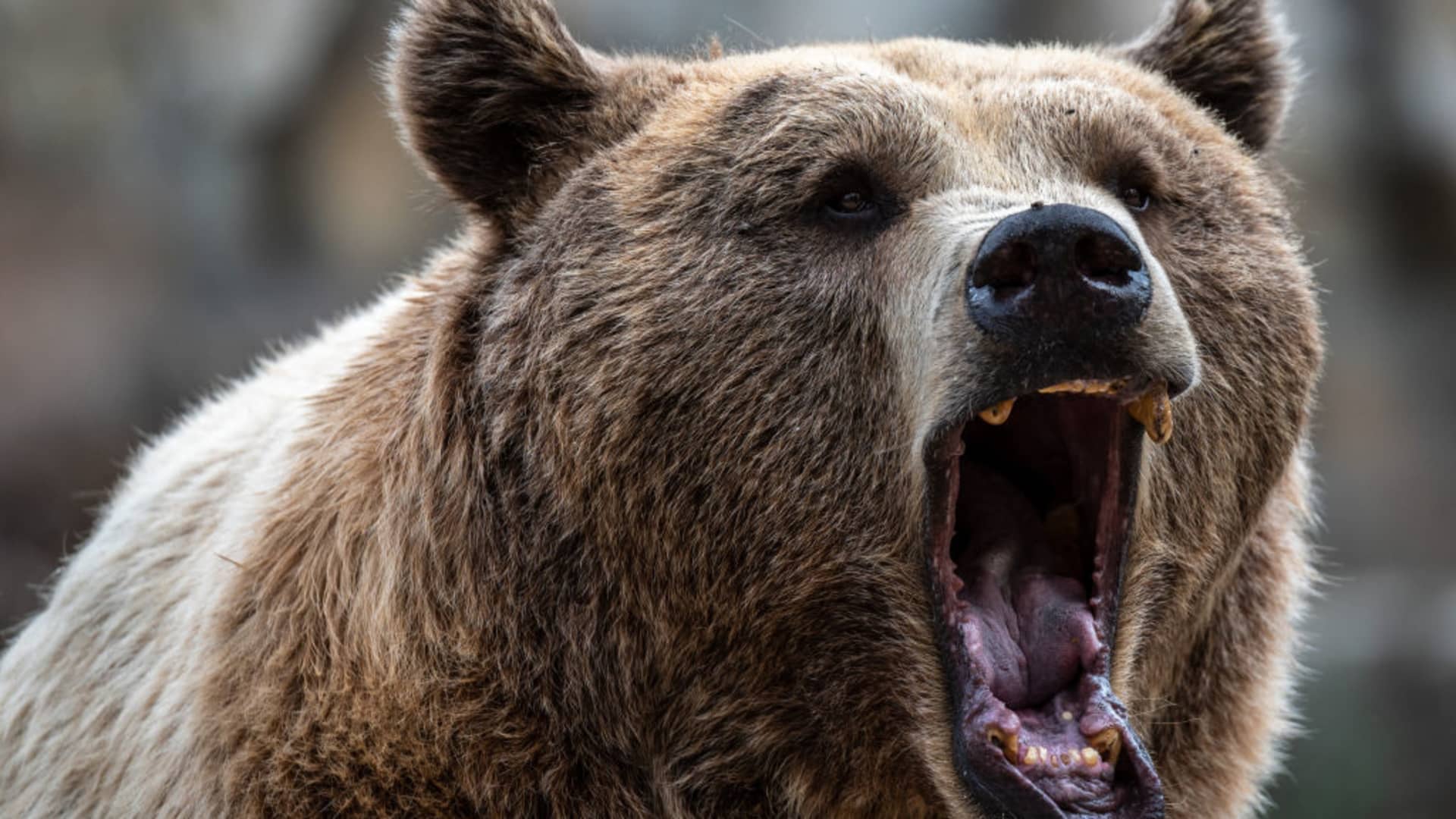
The market bottom isn’t in yet, according to Bernstein. The U.S. stock market has been in a bear market for eight months, which is the same length as the average bear market, excluding the tech bubble and the global financial crisis, said Bernstein Asia quant strategist Rupal Agarwal. In Asia, the bear market has gone on for 14 months, the average length in that region. However, she told clients in a note Monday to “expect more pain ahead.” “We would be surprised, if this was the end of the bear market as macro risk has never been this elevated,” Agarwal wrote. None of the bear markets since the Asia financial crisis (1997-1998) have coincided with a high inflationary regime globally, and all major global synchronized crises ended with a moderate inflation/low growth regime, she said. “Global inflation still remains at record levels (~4SD above the high inflation threshold) while leading growth indicator has not yet entered ‘recession,'” Agarwal noted, referring to standard deviations. There have only been two instances in the U.S. since 1996 when a bear market lasted longer than six months — the early 2000s tech bubble, which went on for 25 months, and the global financial crisis, which began in late 2007 and lasted 16 months, Bernstein’s analysis found. The bear markets during the tech bubble and global financial crisis had the number greatest of rallies, eight and five, respectively. The longest one came during the tech bubble, lasting 121 days. Meanwhile, the worst bear markets saw the sharpest bear market rallies, most notably during the global financial crisis. During that time, one bear market rally saw stocks rise 24% in 29 days, Bernstein found. During the most recent bear market, there have been two bear market rallies. The latest one, which began in mid-June, saw a sharp 17% return in 42 days. On Tuesday , stocks attempted to recover from Monday’s sell-off. The S & P 500 is still up about 13% from its June 17 low, as of Monday’s close.
